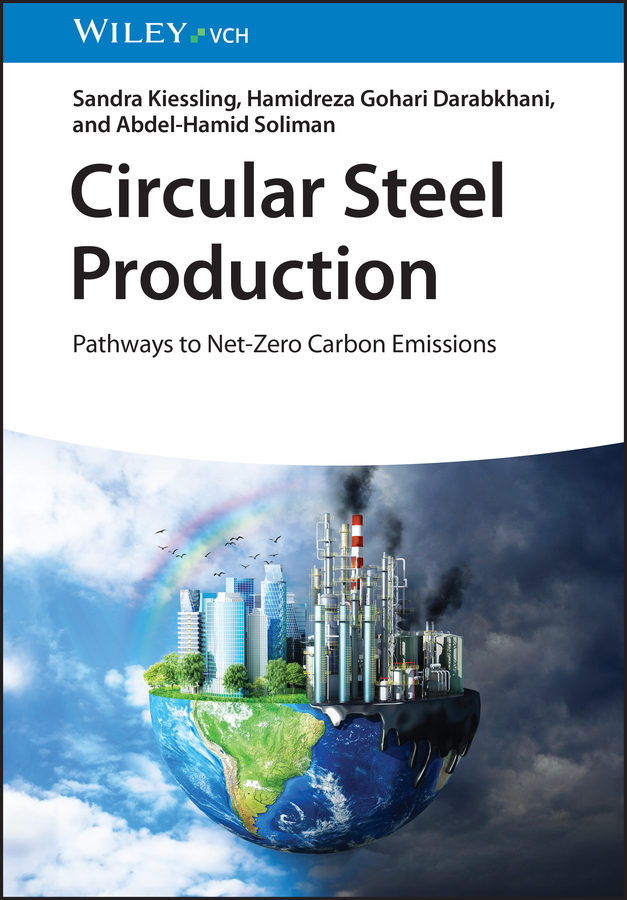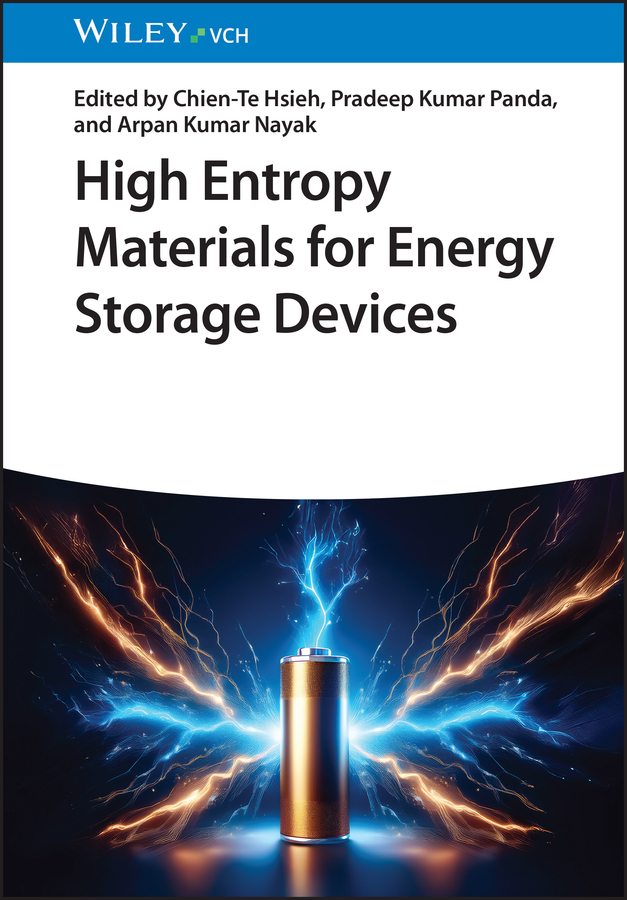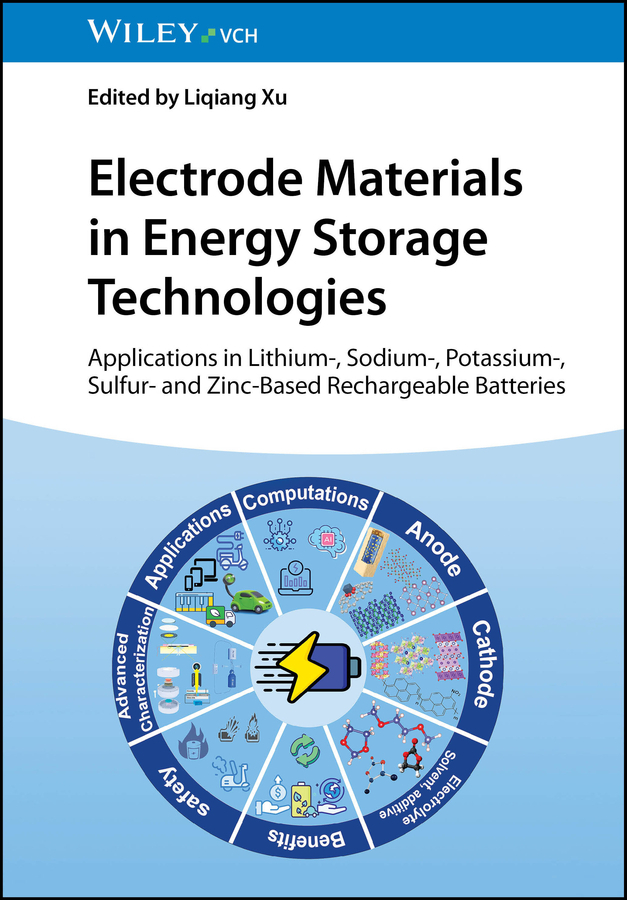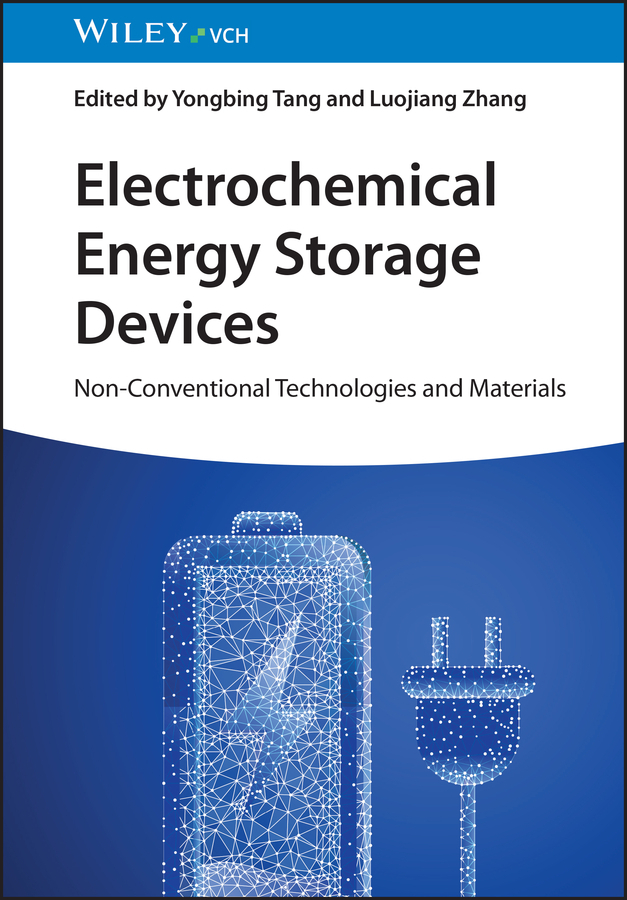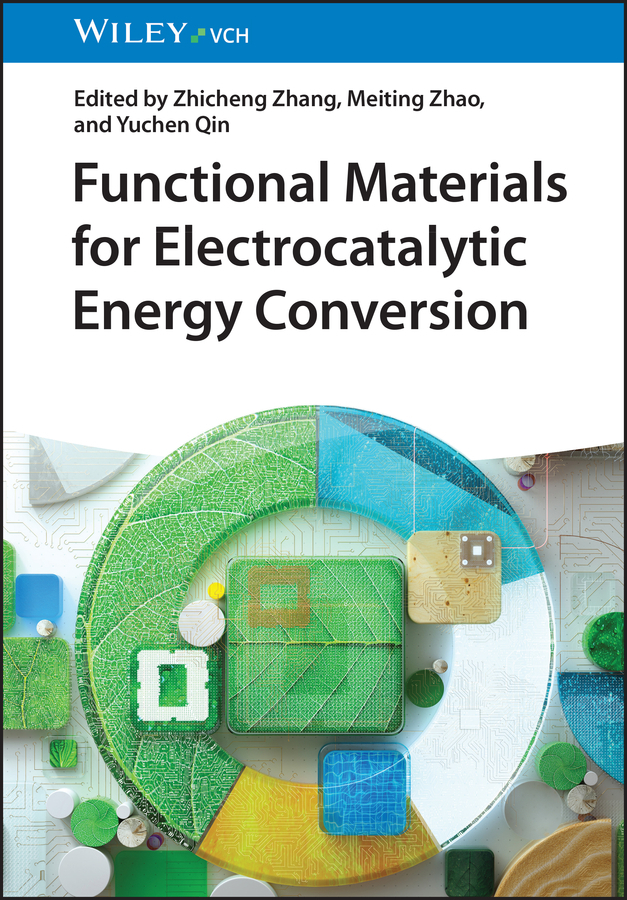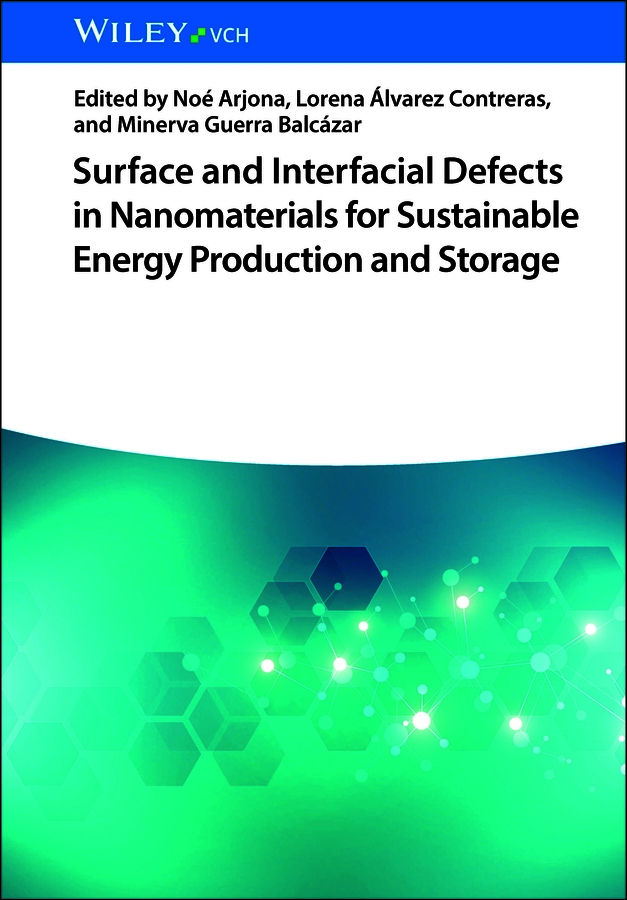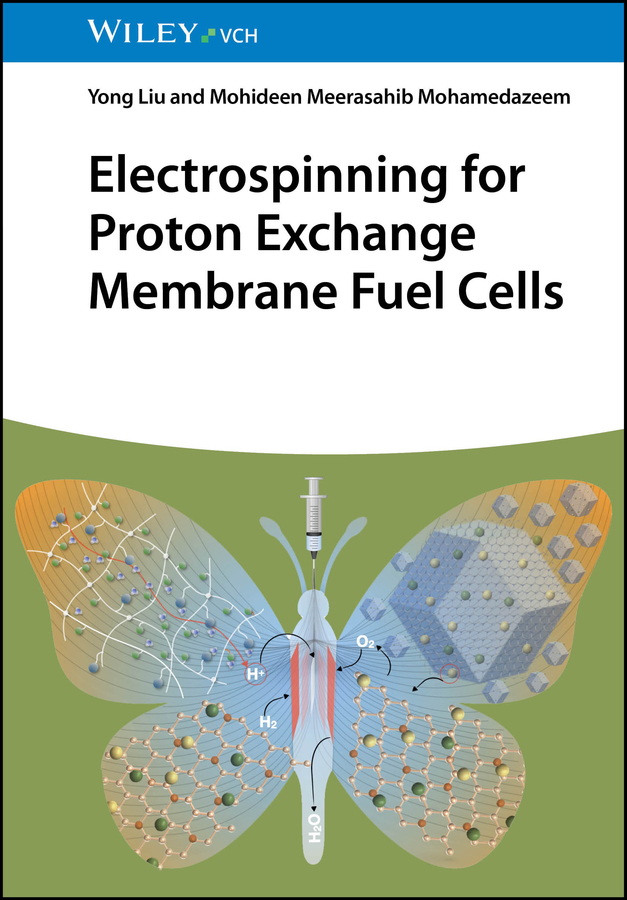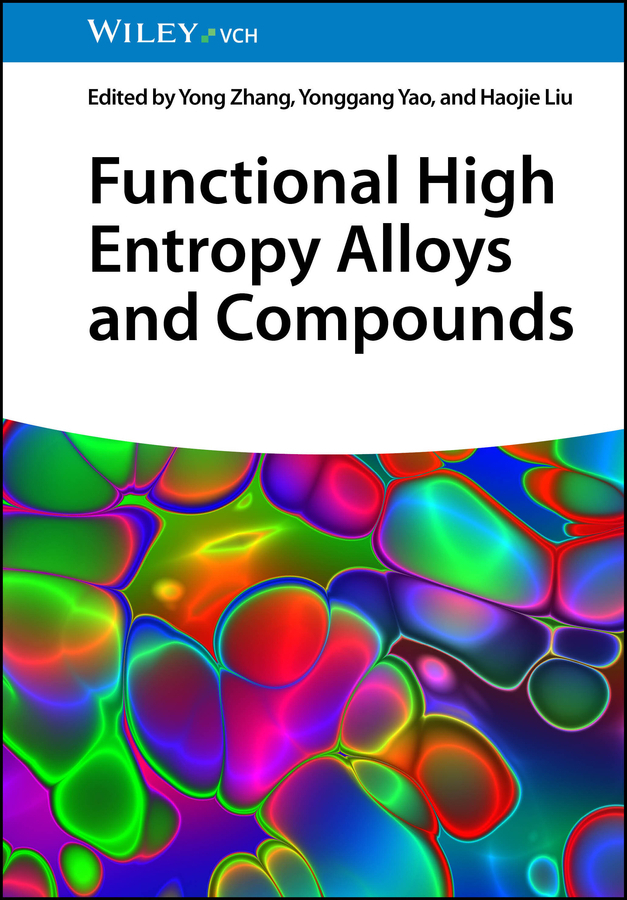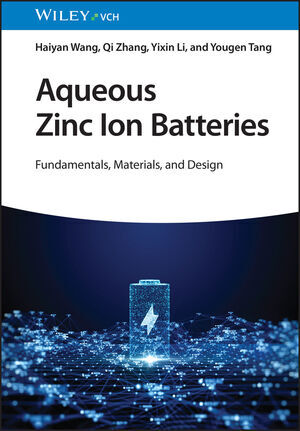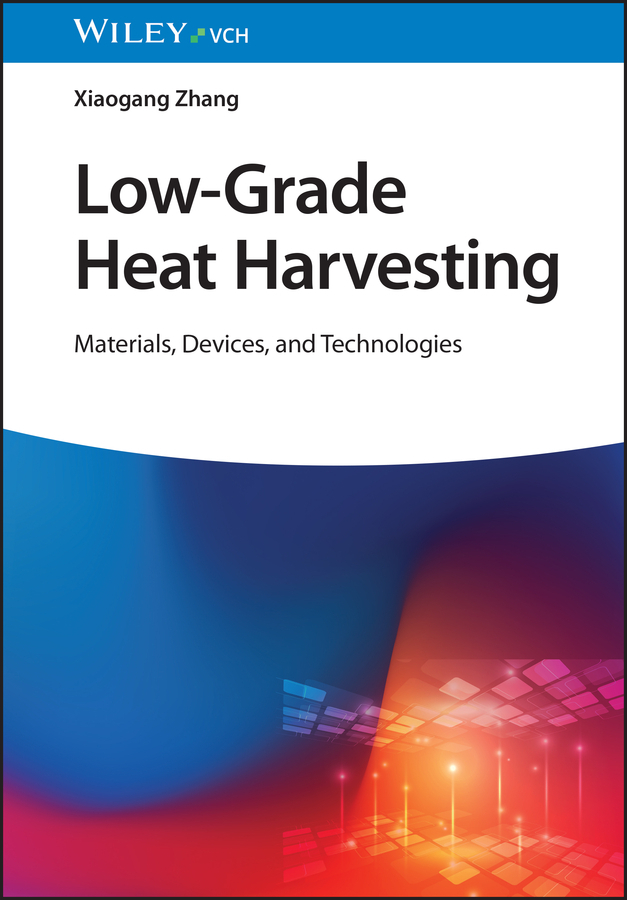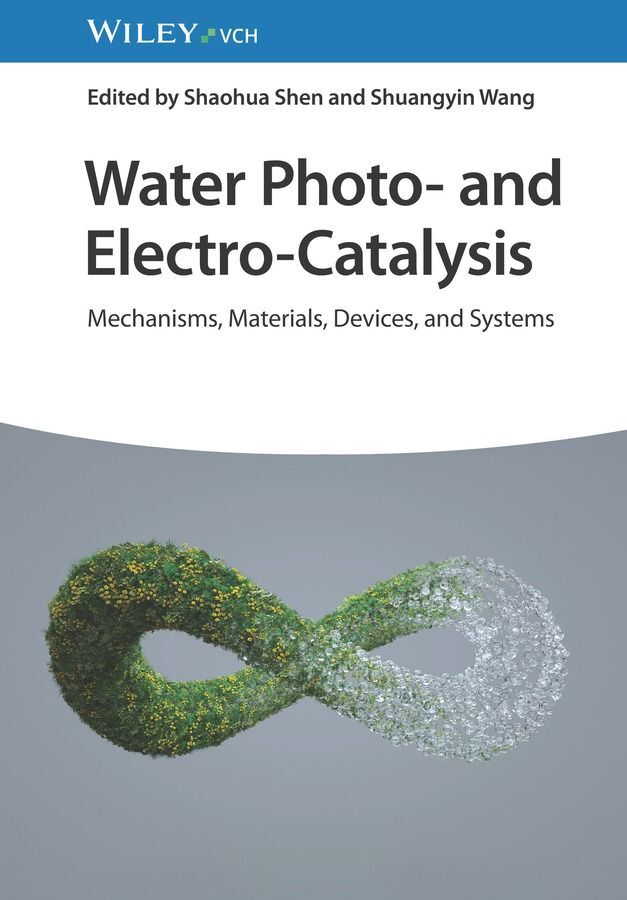Circular Steel Production
Pathways to Net-Zero Carbon Emissions
Circular Steel Production
Pathways to Net-Zero Carbon Emissions
The pathways to net-zero carbon emissions in steel production and circular resource flow are described in greater detail in the book.
1: HISTORY OF STEELMAKING
1: HISTORY OF STEELMAKING
1.1 How it all began
1.2 First attempts at steelmaking
1.3 Steelmaking process development
2: STEELMAKING PROCESSES
2.1 Introduction
2.2 Raw Materials
3: INTRODUCTION TO THE BIO STEEL CYCLE
3.1 Introduction
3.2 Motivation
3.3 BF/BOF route carbon capture
3.4 BF/BOF off-heat utilisation
3.5 Renewable energy technologies
3.6 DAC Woodlands
3.7 Biogas, biomass and hydrogen
3.8 CEPS
3.9 Industrial filters: Carbon capture and sequestration
3.10 Anaerobic digestion, sewage treatment and geothermal units
3.11 CAT, CCS and CCUS
4: THE KEY COMPONENTS OF THE BIO STEEL CYCLE (BiSC)
4.1 Introducing the BiSC key components for net-zero carbon steel manufacturing
4.2 BF/BOF route carbon capture
4.3 BF/BOF off-heat utilisation in iron and steelmaking
4.4 DAC Woodlands
4.5 CEPS
4.6 Geomimetic® Process
4.7 Anaerobic digestion
4.8 Sewage treatment
4.9 Biogas, biomass and hydrogen
4.10 Biogas, biomass and hydrogen
5: MULTI-CRITERIA DECISION ANALYSIS (MCDA) FOR BiSC (BIO STEEL CYCLE)
5.1 Introduction
5.2 BF/BOF route carbon capture
5.3 Renewable energy technologies
5.4 DAC Woodlands
5.5 CEPS and the Geomimetic® Process
5.6 Anaerobic digestion, sewage treatment
5.7 Biomass, biogas and hydrogen
5.8 CCUS
5.9 Validating process flowcharts and simulations
5.10 Findings
6: GREATER ENERGY INDEPENDENCE WITH SUSTAINABLE STEEL PRODUCTION
6.1 Introduction
6.2 Materials and methods
6.3 Heat loss recovery - energy and CO2 saving protocols
6.4 Retrofitting renewable energy technologies on site
6.5 Conclusions
7: TECHNOLOGICAL CHALLENGES TO AND OPPORTUNITIES OF THE BiSC CONCEPT IMPLEMENTATION
7.1 Introduction
7.2 Challenges
7.3 Opportunities
7.4 Conclusions
8: MACRO AND MICRO-ECONOMIC CHALLENGES TO IMPLEMENTATION OF THE BiSC CONCEPT
8.1 Introduction
8.2 Part I Policy and BiSC Implementation
8.3 Part II Markets analysis
8.4 PESTEL and SWOT Analysis green steel
8.5 CO2 emissions for the entire steel production process
8.6 BiSC - steel production decarbonisation model and strategy
8.7 Higher degree of energy independence
9: SKILLS SETS REQUIRED WITHIN THE DIFFERENT COMPONENTS AND SECTORS
9.1 Introduction
9.2 Solar
9.3 Wind turbines
9.4 Hydro
9.5 Geothermal
9.6 Green Hydrogen
9.7 Biomass
9.8 Biogas
9.9 Conclusion
10: THE FUTURE OF GREEN STEEL
10.1 Introduction
10.2 United Kingdom
10.3 United States of America
10.4 Brazil
10.5 Russias Federation
10.6 India
10.7 China
10.8 Australia
10.9 Canada
10.10 Norway
10.11 EU - Germany
10.12 Discussion and conclusions
11 AN IDEALISED TIMELINE OF POSSIBILITIES
11.1 Introduction
11.2 Political decision making and legislative foundations
11.3 All-encompassing industrial response
11.4 Investment in people
11.5 Infrastructural improvement
12 CONCLUDING REMARKS AND SUGGESTIONS
12.1 Discussion of Findings
Kiessling, Sandra
Darabkhani, Hamidreza Gohari
Soliman, Abdel-Hamid
| ISBN | 9783527353156 |
|---|---|
| Article number | 9783527353156 |
| Media type | Book |
| Edition number | 1. Auflage |
| Copyright year | 2026 |
| Publisher | Wiley-VCH |
| Length | 464 pages |
| Illustrations | 4 Farbabb. |
| Language | English |

